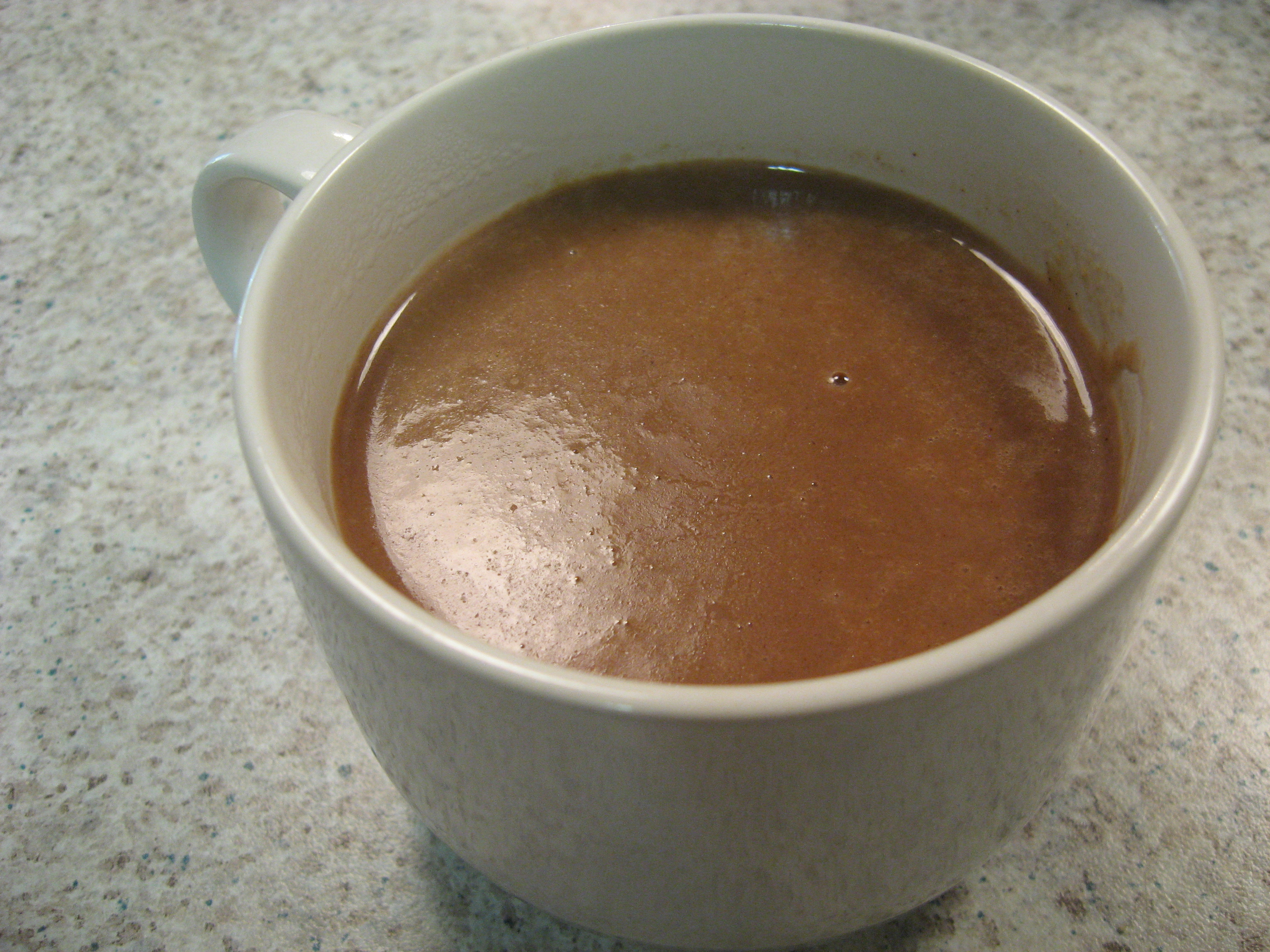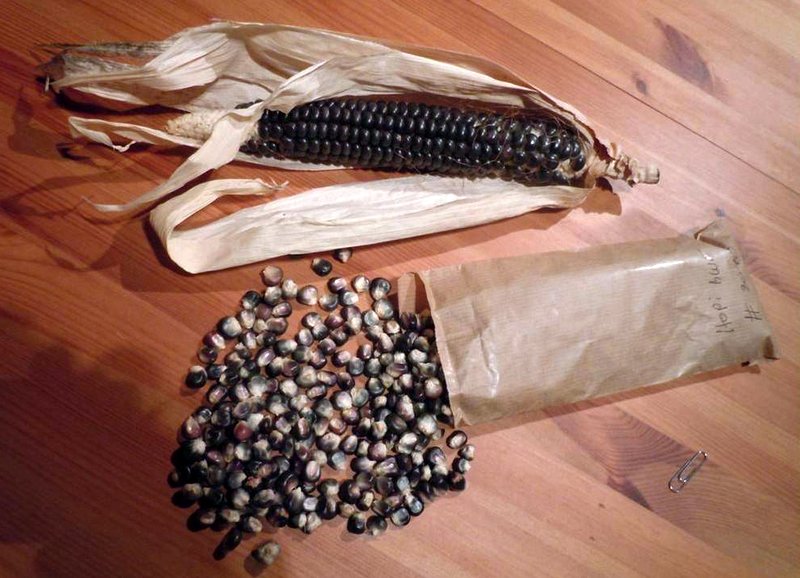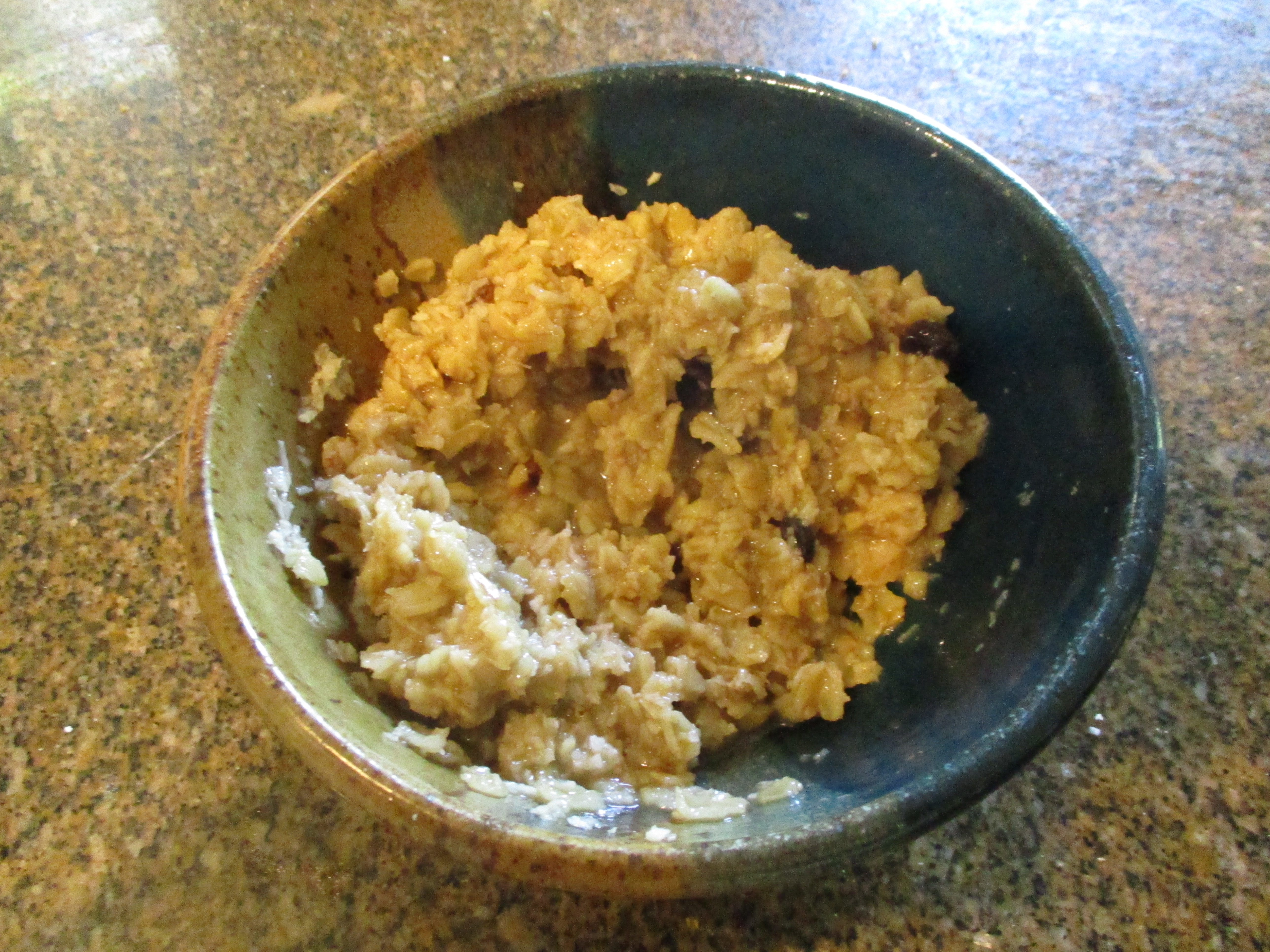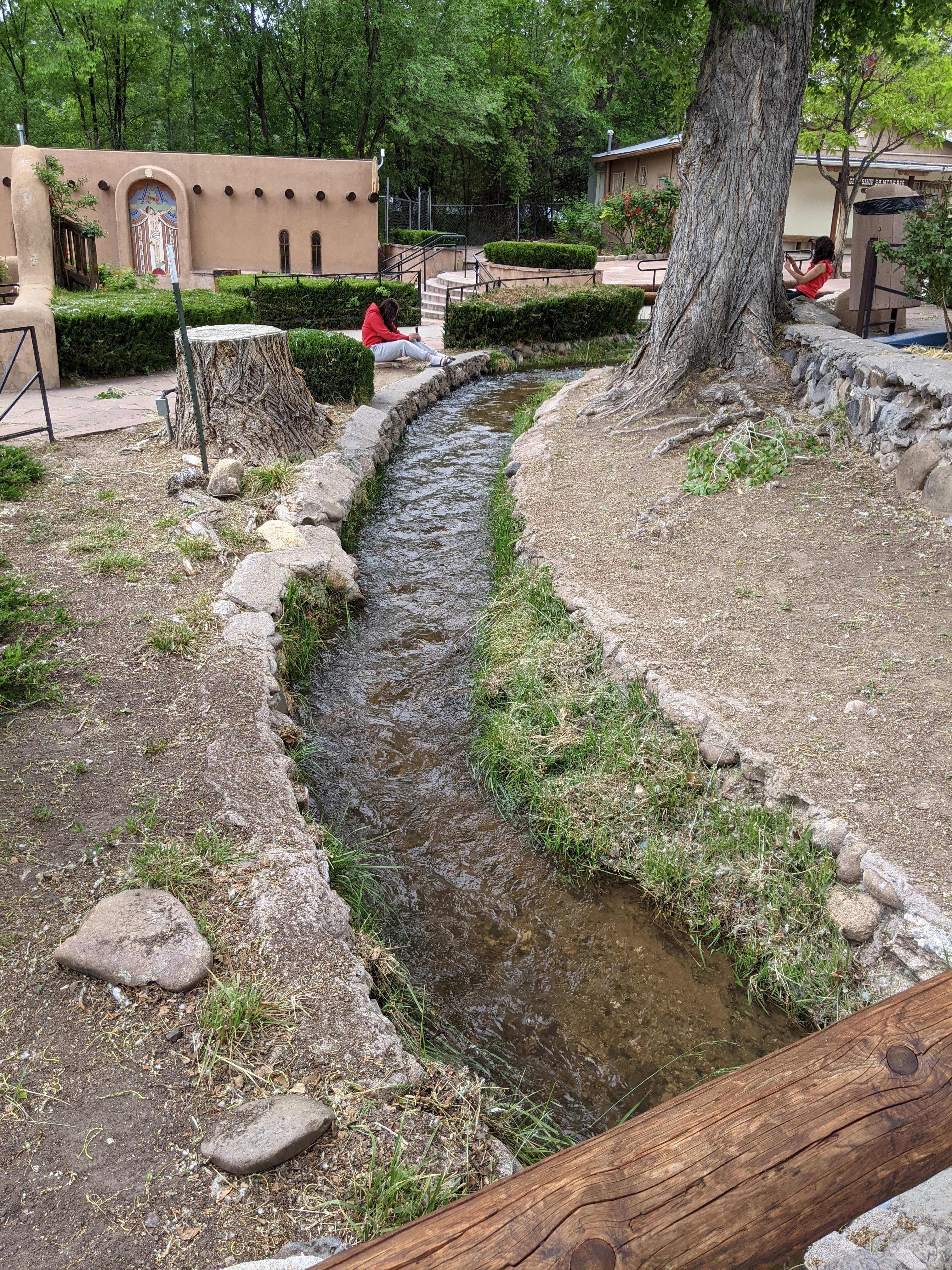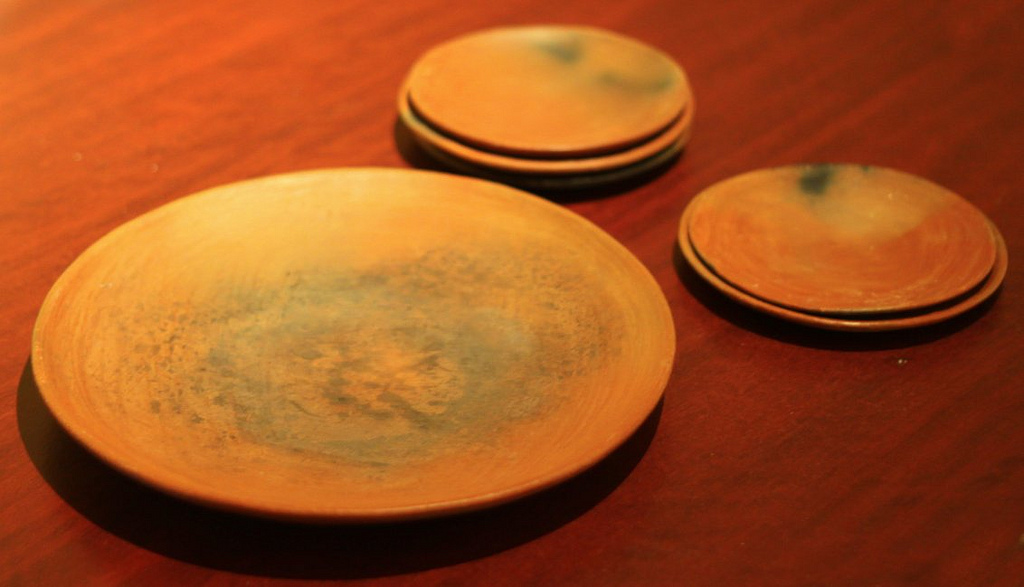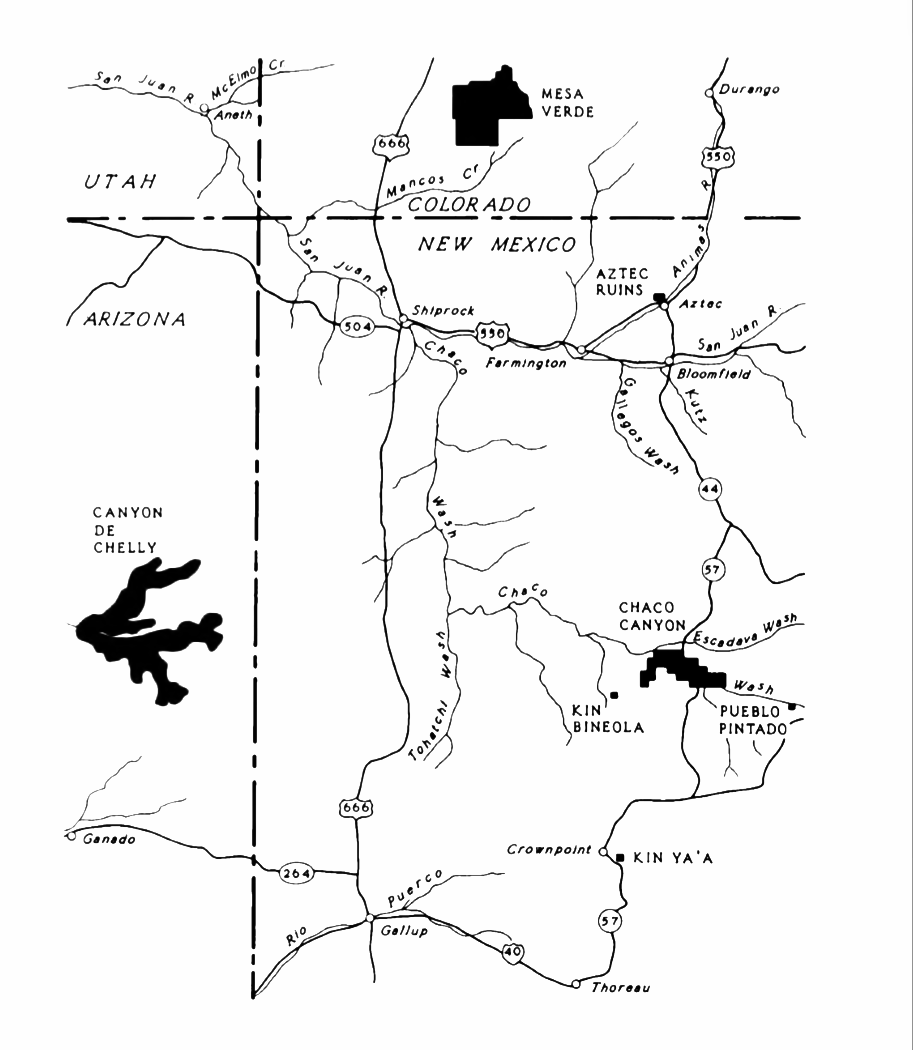|
Atole
''Atole'' (, believed to come from Nahuatl ''Aztec cuisine, ātōlli'' or from Mayan), also known as ''atolli'', ''atol'' and ''atol de elote'', is a traditional hot masa-based beverage of Mexicans, Mexican origin. Atole can have different flavors added, such as vanilla, cinnamon, and guava. Chocolate ''atole'' is known as ''champurrado'' or simply ''atole''. It typically accompanies tamales and is very popular during Day of the Dead (observed November 2) and ''Las Posadas'' (Christmas holiday season). Mayan origin Many Classic Maya painted vessels feature a genre of inscriptions known as the “dedicatory formula” or the “primary standard sequence” (PSS) and the two main ingredients mentioned in the contents section of the PSS were cacao and atole. Regional variations Mexico In Mexico, the drink typically includes ''masa'' (corn hominy flour), water, ''piloncillo'' (unrefined cane sugar), cinnamon, vanilla, and optional chocolate or fruit. The mixture is blended and ... [...More Info...] [...Related Items...] OR: [Wikipedia] [Google] [Baidu] |
Champurrado
Champurrado is a chocolate-based ''atole'', a warm and thick Mexican cuisine, Mexican beverage. It is prepared with either a ''masa'' (Limewater#Food Preparation, lime-treated corn dough),'' masa harina'' (a dried version of this dough), or maize flour, corn flour (simply very finely ground dried corn, especially local varieties grown for ''atole''); ''piloncillo''; water or milk; and occasionally containing cinnamon, anise seed, or vanilla. Ground nuts, orange zest, and egg can also be added to thicken and enrich the drink. ''Atole'' drinks are whipped up using a wooden whisk called a ''molinillo (whisk), molinillo''. The whisk is rolled between the palms of the hands, then moved back and forth in the mixture, until it is aerated and frothy; a blender may also be used. Champurrado is traditionally served with a ''churro'' in the morning as a simple breakfast or as a late afternoon snack. Champurrado is also very popular during Day of the Dead and at ''Las Posadas'' (during the C ... [...More Info...] [...Related Items...] OR: [Wikipedia] [Google] [Baidu] |
Porridge
Porridge is a food made by heating, soaking or boiling ground, crushed or chopped starchy plants, typically grain, in milk or water. It is often cooked or served with added flavourings such as sugar, honey, fruit, or syrup to make a sweet cereal, or it can be mixed with spices, meat, or vegetables to make a Savoury (dish), savoury dish. It is usually served hot in a bowl, depending on its consistency. Oat porridge, (known as oatmeal in North America) is one of the most common types of porridge. Gruel is a thinner version of porridge and congee is a savoury variation of porridge of Asian cuisine, Asian origin. Type of grains The term "porridge" is used in British English (Britain, Ireland, Australia and New Zealand) specifically for oatmeal. This is a hot mixture of oatmeal or oats slowly cooked with water or milk. It is typically eaten for breakfast by itself or with other ingredients, including salt, sugar, fruit, milk, cream, or butter. Other grains used for porridge include ... [...More Info...] [...Related Items...] OR: [Wikipedia] [Google] [Baidu] |
Blue Corn
Blue corn (also known as Hopi maize, Yoeme Blue, Tarahumara Maiz Azul, and Rio Grande Blue) is a group of several closely related varieties of flint corn grown in Mexico, the Southwestern United States, and the Southeastern United States. It is one of the main types of corn used for the traditional Southern and Central Mexican food known as tlacoyo. It was originally developed by the Hopi, the Pueblo Indians of the Rio Grande in Arizona, and several Southeastern tribes, including the Cherokee. It remains an essential part of Hopi dishes like piki bread. Blue corn meal is a corn meal that is ground from whole blue corn and has a sweet flavor. It is also a staple of New Mexican cuisine used commonly to make tortillas. Blue corn contains anthocyanins, which give the corn its blue color. Varieties Five Hopi blue corn cultivars identified in the 1950s showed significant differences for several traits, such as plant height, kernel weight, width of kernel, and thickness of kern ... [...More Info...] [...Related Items...] OR: [Wikipedia] [Google] [Baidu] |
Porridge
Porridge is a food made by heating, soaking or boiling ground, crushed or chopped starchy plants, typically grain, in milk or water. It is often cooked or served with added flavourings such as sugar, honey, fruit, or syrup to make a sweet cereal, or it can be mixed with spices, meat, or vegetables to make a Savoury (dish), savoury dish. It is usually served hot in a bowl, depending on its consistency. Oat porridge, (known as oatmeal in North America) is one of the most common types of porridge. Gruel is a thinner version of porridge and congee is a savoury variation of porridge of Asian cuisine, Asian origin. Type of grains The term "porridge" is used in British English (Britain, Ireland, Australia and New Zealand) specifically for oatmeal. This is a hot mixture of oatmeal or oats slowly cooked with water or milk. It is typically eaten for breakfast by itself or with other ingredients, including salt, sugar, fruit, milk, cream, or butter. Other grains used for porridge include ... [...More Info...] [...Related Items...] OR: [Wikipedia] [Google] [Baidu] |
Aztec Cuisine
Aztec cuisine is the cuisine of the former Aztec Empire and the Nahua peoples of the Valley of Mexico prior to European contact in 1519. The most important staple was corn (maize), a crop that was so important to Aztec society that it played a central part in their culture. Just like wheat in much of Europe or rice in most of East Asia, it was the food without which a meal was not a meal. It came in varieties that differed in color, texture, size and prestige, and was eaten as corn tortillas, tamales or ''ātōlli'', maize gruel. The other constants of Aztec food were salt and chili peppers and the basic definition of Aztec fasting was to abstain from these two. The other major foods were beans, squash and New World varieties of the grains amaranth (or pigweed), and chia. The combination of maize and these basic foods would have provided the average diet. Aztec cuisine was a very well-rounded diet without any significant deficiencies in vitamins or minerals. The cooking of m ... [...More Info...] [...Related Items...] OR: [Wikipedia] [Google] [Baidu] |
Acequia
An acequia () or (, also known as síquia , all from ) is a community-operated watercourse used in Spain and former Spanish colonies in the Americas for irrigation. Acequias are found in parts of Spain, the Andes, northern Mexico, and what is now the Southwestern United States (northern New Mexico and southern Colorado). In the United States, the oldest known irrigation canals are in Arizona and date back to 1200 BCE. Irrigation was extensively used by the Pueblo peoples in New Mexico in the Pre-Columbian era. Spanish colonizers arrived in New Mexico in 1598 and brought irrigation methods from Iberia based on the Arab Agricultural Revolution. Scholars describe acequias as "technological systems that are designed, maintained, and operated to meet a variety of productive goals, social services, and health needs, with the practice of irrigated agriculture being of paramount importance." The traditional form of governance over acequias survives in New Mexico and southern Col ... [...More Info...] [...Related Items...] OR: [Wikipedia] [Google] [Baidu] |
Spanish Colonization Of The Americas
The Spanish colonization of the Americas began in 1493 on the Caribbean island of Hispaniola (now Haiti and the Dominican Republic) after the initial 1492 voyage of Genoa, Genoese mariner Christopher Columbus under license from Queen Isabella I of Castile. These overseas territories of the Spanish Empire were under the jurisdiction of Crown of Castile until the last territory was lost in Spanish–American War, 1898. Spaniards saw the dense populations of indigenous peoples of the Americas, Indigenous peoples as an important economic resource and the territory claimed as potentially producing great wealth for individual Spaniards and the crown. Religion played an important role in the Spanish conquest and incorporation of indigenous peoples, bringing them into the Catholic Church peacefully or by force. The crown created civil and religious structures to administer the vast territory. Spanish men and women settled in greatest numbers where there were dense indigenous populations ... [...More Info...] [...Related Items...] OR: [Wikipedia] [Google] [Baidu] |
Comal (cookware)
A comal is a smooth, flat griddle typically used in Mexico, Central America, and parts of South America, to cook tortillas and arepas, toast spices and nuts, sear meat, and generally prepare food. Similar cookware is called a '' budare'' in South America. Some comals are concave and made of ''barro'' (clay). These are still made and used by the indigenous peoples of Mexico and Central America. Comals are similar to the American griddle or the Indian tawa, and are often used and named interchangeably with these. Comals for home use are generally made from heavy cast iron, and sized to fit over either one burner on the stovetop (round) or two burners front to back (elongated oval). In many indigenous and pre-Hispanic cultures, the comal is handed down from grandmother to mother to daughter, the idea being that a comal tempered over many years of use will heat faster and cook cleaner. History The history of such cooking methods dates back to the pre-Columbian era, when powde ... [...More Info...] [...Related Items...] OR: [Wikipedia] [Google] [Baidu] |
Ancestral Puebloans
The Ancestral Puebloans, also known as Ancestral Pueblo peoples or the Basketmaker-Pueblo culture, were an ancient Native American culture of Pueblo peoples spanning the present-day Four Corners region of the United States, comprising southeastern Utah, northeastern Arizona, northwestern New Mexico, and southwestern Colorado. They are believed to have developed, at least in part, from the Oshara tradition, which developed from the Picosa culture. The Ancestral Puebloans lived in a range of structures that included small family pit houses, larger structures to house clans, grand pueblos, and cliff-sited dwellings for defense. They had a complex network linking hundreds of communities and population centers across the Colorado Plateau. They held a distinct knowledge of celestial sciences that found form in their architecture. The kiva, a congregational space that was used mostly for ceremonies, was an integral part of the community structure. Archaeologists continue to d ... [...More Info...] [...Related Items...] OR: [Wikipedia] [Google] [Baidu] |
Navajo
The Navajo or Diné are an Indigenous people of the Southwestern United States. Their traditional language is Diné bizaad, a Southern Athabascan language. The states with the largest Diné populations are Arizona (140,263) and New Mexico (108,305). More than three-quarters of the Diné population resides in these two states.American Factfinder The overwhelming majority of Diné are enrolled in the . Some Diné are enrolled in th ... [...More Info...] [...Related Items...] OR: [Wikipedia] [Google] [Baidu] |
Hopi
The Hopi are Native Americans who primarily live in northeastern Arizona. The majority are enrolled in the Hopi Tribe of Arizona and live on the Hopi Reservation in northeastern Arizona; however, some Hopi people are enrolled in the Colorado River Indian Tribes of the Colorado River Indian Reservation at the border of Arizona and California. The 2010 U.S. census states that about 19,338 US citizens self-identify as being Hopi. The Hopi language belongs to the Uto-Aztecan language family. The primary meaning of the word ''Hopi'' is "behaving one, one who is mannered, civilized, peaceable, polite, who adheres to the Hopi Way." Some sources contrast this to other warring tribes that subsist on plunder.Connelly, John C., "Hopi Social Organization." In Alfonso Ortiz, vol. ed., ''Southwest'', vol. 9, in William C. Sturtevant, ed., ''Handbook of North American Indians'', Washington, D.C.: Smithsonian Institution, 1979: 539–53, p. 551 ''Hopi'' is a concept deeply rooted in the c ... [...More Info...] [...Related Items...] OR: [Wikipedia] [Google] [Baidu] |
